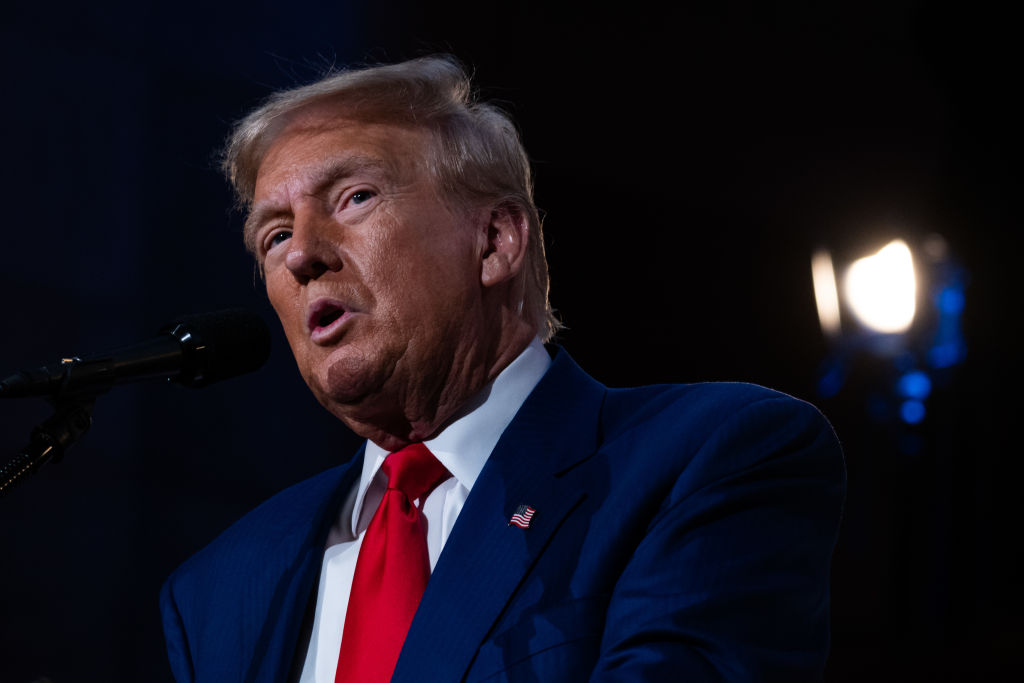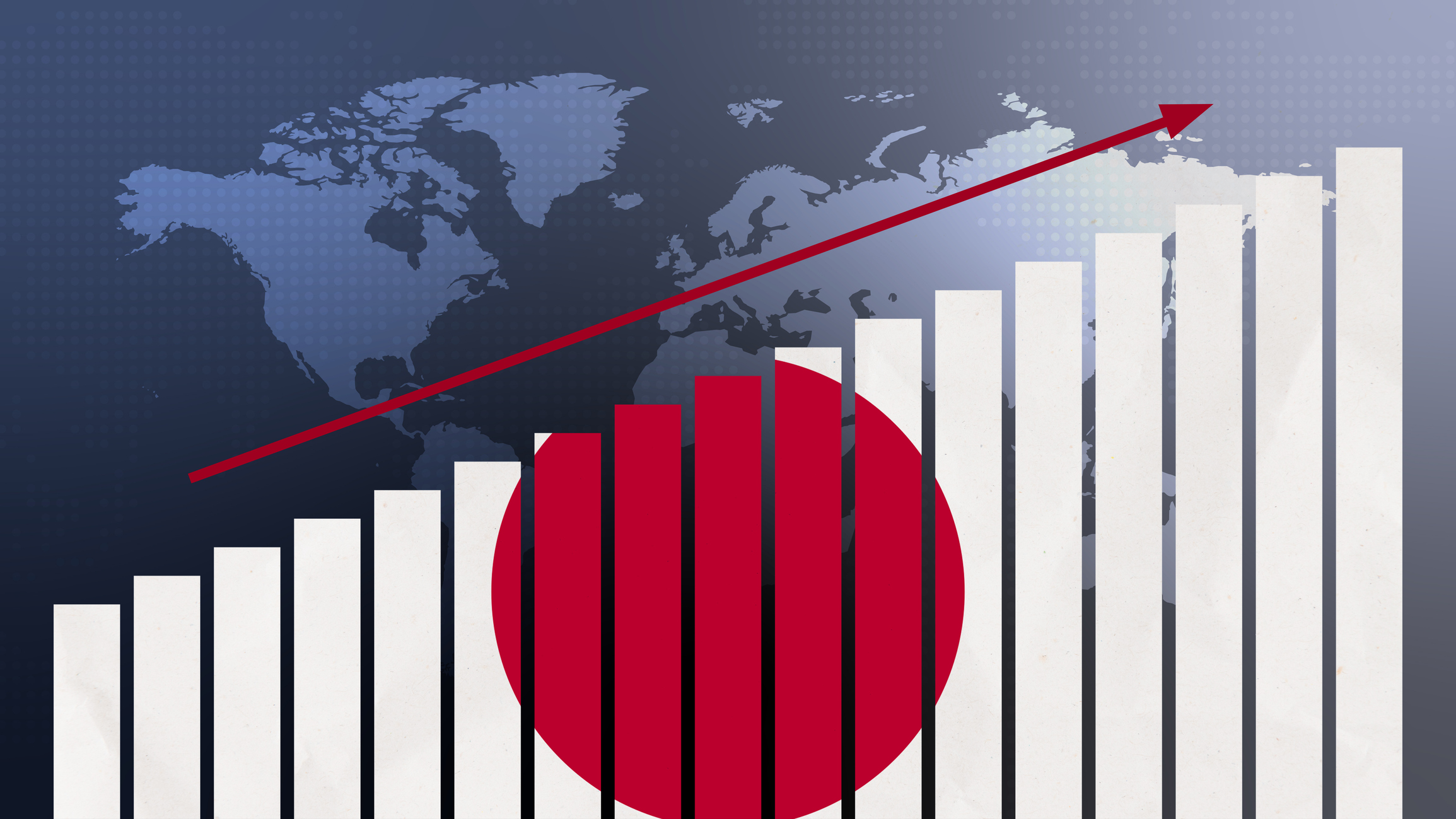Demystifying the Mutual Fund, Part 2
Learn mutual fund lingo and avoid common pitfalls.
Investors often steer toward mutual funds so they don't have to delve into the dark side of stock ratios and company balance sheets. Yet funds have their own bewildering vernacular. Knowing what key terms mean, and what's good performance and bad performance, can help you compare funds and pick the best one.
Part one of Demystifying the Mutual Fund covered a few essential basics -- total return, fund categories and styles, index benchmarks. Now we'll go over some fund lingo that investors need to know.
Weigh the cost
Buying a mutual fund is kind of like hiring your own money manager to put together a portfolio of stocks. But you don't get all that work done for you free of charge, which is why funds have expense ratios.

Sign up for Kiplinger’s Free E-Newsletters
Profit and prosper with the best of expert advice on investing, taxes, retirement, personal finance and more - straight to your e-mail.
Profit and prosper with the best of expert advice - straight to your e-mail.
The largest expense is the marketing and management fee. There are also charges for trading costs, legal fees and shareholder services. And some funds (usually those sold by brokers and financial planners) assess a 12b-1 fee that covers promotional and brokerage costs.
The average expense ratio for a U.S. stock fund is 1.43%, says Morningstar fund analyst Peter Di Teresa. The average is higher for foreign funds (1.82%), because it's generally more expensive to invest overseas. The average for bond funds is 1.1%.
Expenses are deducted before a fund reports its annual results to shareholders. Say, for example, you bought a fund with a 1% expense ratio and at the end of the year it returned 10%. Actually, you would have earned 11%, had the expenses not been taken from your original investment.
Some fund families, including Vanguard, pride themselves on keeping expense ratios low.
Bottom line: "Cheaper funds, on average, beat more expensive funds over the long haul," says Di Teresa. The difference can quickly add up into the thousands of dollars.
Understand the sales fees
Watch out for load funds -- funds that charge commissions in addition to regular expenses. Essentially, loads are fees for a broker's or planner's advice.
Funds that have share classes (A, B or C) usually assess loads. A shares generally charge a front-end load, in which the commission is sliced from your initial investment. Other share classes charge back-end loads that take the commission when you sell shares. Loads are expressed as percentages -- typically between 4% and 5%.
Some fund families (T. Rowe Price and American Century, for example) offer "adviser" share classes with a higher 12b-1 fee that in essence masks a load charge, or money that it pays out to brokers to sell the fund.
Bottom line: You can almost always find a no-load fund that's comparable to a load fund. If you're doing the research yourself, there's no reason to buy a load fund.
Check the stocks' shelf life
A fund's turnover ratio tells you how frequently the manager buys and sells stocks. A turnover rate of 100% means that on average, every stock in the fund is sold within a year's time. A turnover rate of 20% means stocks in the fund have a shelf life of about five years.
"The turnover rate tells you a lot about the fund's style," says David Scott, co-manager of Chase Growth fund. "And it helps you understand the manager's strategy."
Turnover ratios trend higher under certain conditions -- like now, when the markets are volatile. And that's perfectly acceptable because "locking in gains and stopping losses is critical," says Scott. But what you want to look out for is a turnover rate that's not consistent with the fund's style or strategy. High turnover is most closely associated with and tends to work best for small-company-stock and other aggressive-growth funds.
High turnover rates don't necessarily translate into sky-high expenses, but they do carry tax implications. When a fund cashes in winners it distributes capital gains, and you pay taxes on the gains when you file your return.
Bottom Line: Look at the turnover ratio to make sure it's in line with the fund's style.
Size matters
The size of a fund -- or its total assets under management -- can say a lot about style and performance. It's especially important for small-company-stock (usually high-growth) funds.
That's because, when assets (money from investors) grow too quickly, funds that buy very small stocks get hobbled, says Scott. With all that money to work with, it's easy to get too big a position in a stock. In other words, if the fund buys too many shares of one stock, its market capitalization no longer fits the fund's style.
With too much money, says Scott, funds that used to hold only 20 or so small stocks now have to buy 40 or even 80 stocks, and then the fund's returns are no longer driven by individual stock selection. Many funds close their doors to investors to keep assets to a manageable size.
Shriveling assets, on the other hand, indicate that investors are bailing because of poor performance. The fund's type of investing could be out of favor on Wall Street, but it's often symptomatic of something gone wrong with management and its strategy.
Bottom line: Small-stock funds with mushrooming assets may have trouble sticking to their style and delivering good performance. Shrinking funds are probably best avoided. Keep an eye on the fund's size.
-
 Stock Market Today: Stocks Soar on China Trade Talk Hopes
Stock Market Today: Stocks Soar on China Trade Talk HopesTreasury Secretary Bessent said current U.S.-China trade relations are unsustainable and signaled hopes for negotiations.
By Karee Venema
-
 2026 Disney Dining Plan Returns: Free Dining for Kids & Resort Benefits
2026 Disney Dining Plan Returns: Free Dining for Kids & Resort BenefitsPlan your 2026 Walt Disney World vacation now. Learn about the returning Disney Dining Plan, how kids aged three to nine eat free, and the exclusive benefits of staying at a Disney Resort hotel.
By Carla Ayers
-
 The Economic Impact of the US-China Trade War
The Economic Impact of the US-China Trade WarThe Letter The US-China trade war will impact US consumers and business. The decoupling process could be messy.
By David Payne
-
 What DOGE is Doing Now
What DOGE is Doing NowThe Kiplinger Letter As Musk's DOGE pursues its ambitious agenda, uncertainty and legal challenges are mounting — causing frustration for Trump.
By Matthew Housiaux
-
 A Move Away From Free Trade
A Move Away From Free TradeThe Letter President Trump says long-term gain will be worth short-term pain, but the pain could be significant this year.
By David Payne
-
 Trump’s Whirlwind Month of Crypto Moves
Trump’s Whirlwind Month of Crypto MovesThe Kiplinger Letter The Trump administration wants to strengthen U.S. leadership in the cryptocurrency industry by providing regulatory clarity.
By Rodrigo Sermeño
-
 What Could Derail the Economy This Year?
What Could Derail the Economy This Year?The Letter While the outlook for the U.S. economy is mostly favorable, there are plenty of risks that bear watching.
By David Payne
-
 Three Ways President Trump Could Impact the Economy
Three Ways President Trump Could Impact the EconomyThe Letter Some of Trump's top priorities could boost economic growth, but others risk fueling inflation.
By David Payne
-
 Europe Faces Economic and Political Headwinds Next Year
Europe Faces Economic and Political Headwinds Next YearThe Letter Challenges for Europe: Potential tariffs, high energy prices and more competition from China will weigh on the bloc in 2025.
By Rodrigo Sermeño
-
 Don't Sleep on Japan's Economic Transformation
Don't Sleep on Japan's Economic TransformationThe Letter After almost three lost decades, Japan — one of the world's biggest economies — is finally showing signs of life.
By Rodrigo Sermeño